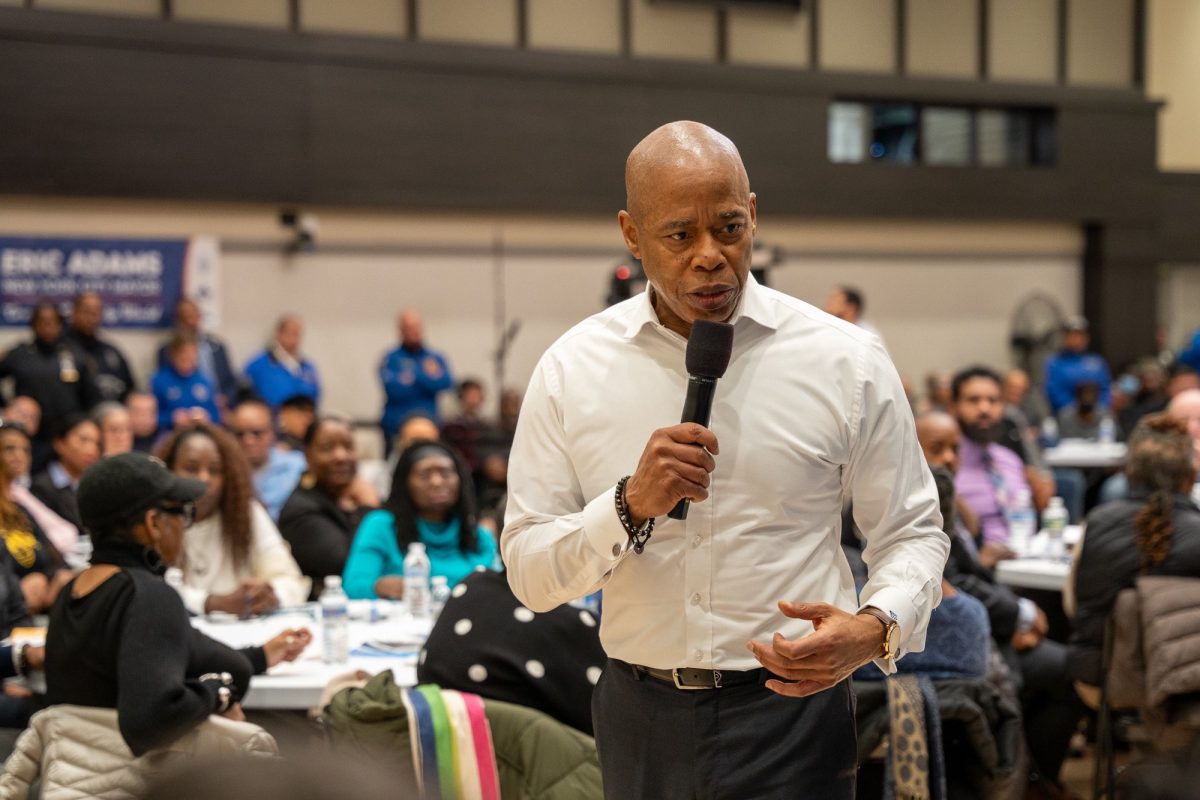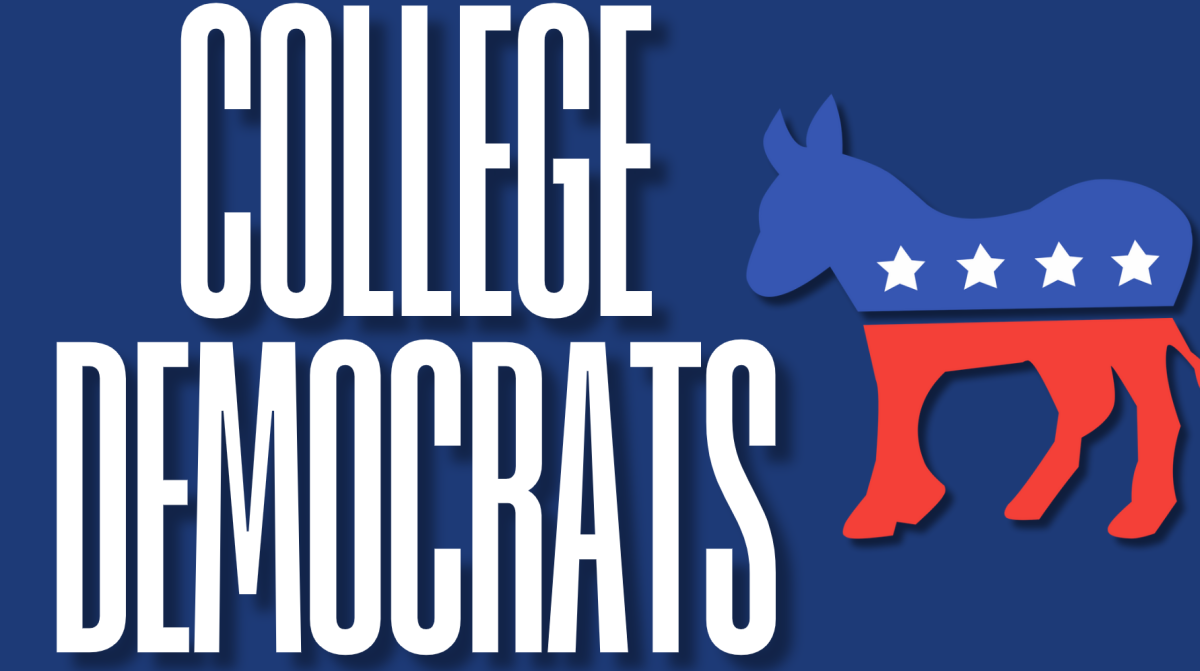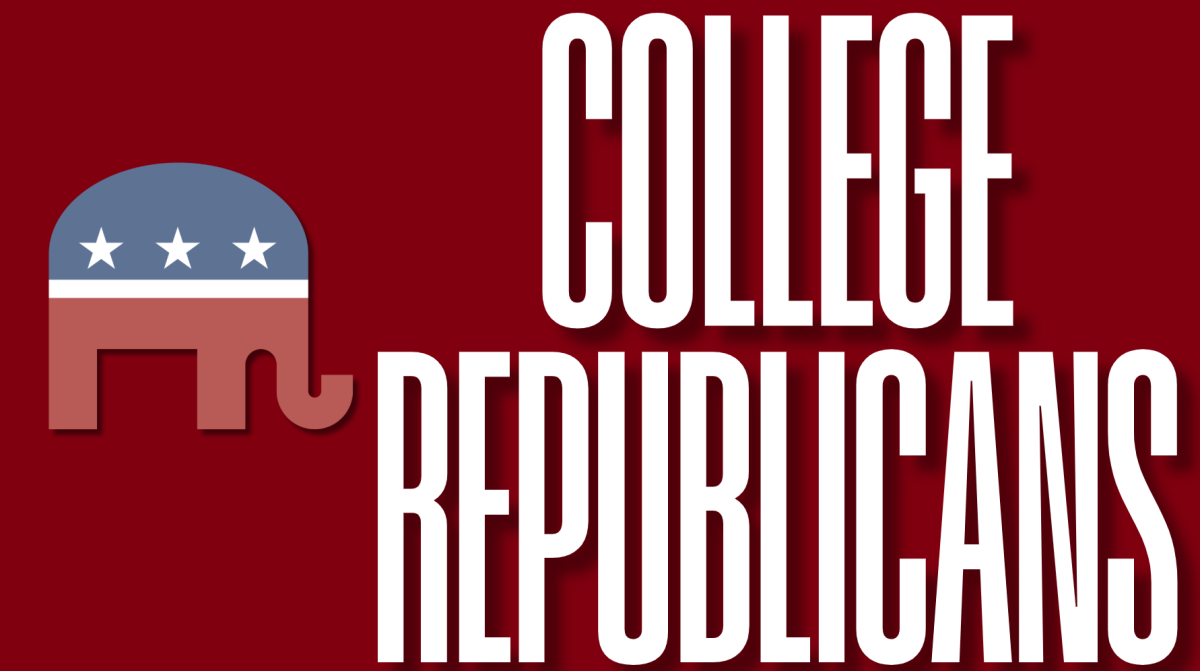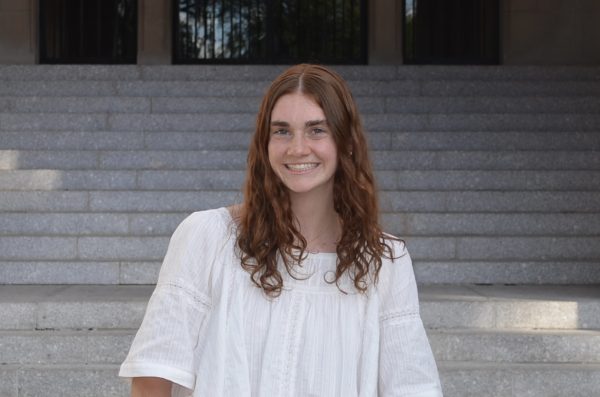With the influx of migrants to New York City, the city’s bilingual education system is significantly overwhelmed and is unable to provide necessary academic attention to its students.
In January, CBS News reported that over 34,000 migrant children have enrolled in NYC public schools in the past 18 months. That said, there are still many migrant children whose academic needs are unaccounted for, as an estimated one-third of the 168,000 migrants “are school-age children.” Working as a teacher’s assistant for a bilingual kindergarten classroom in Harlem, it is obvious that there is not enough structure, classroom space or teachers available to effectively teach a bilingual curriculum.
In order to maximize the effectiveness of bilingual instruction, NYC public schools evaluate the language proficiency of incoming English Language Learners (ELLs) by administering placement tests. These placement tests have proven to be less effective than the Education Department had hoped for, as teachers have come forward stating the test is not comprehensive enough to provide adequate insight into the most effective means of learning for the ELL. Once the placement test is administered, the ELL is placed into one of two programs: transitional bilingual education or dual-language bilingual education. In transitional bilingual education, students begin their curriculum with lessons geared towards their first language and progressively ramp up into being given more lessons in English as their proficiency increases. Whereas, in dual-language bilingual education, a student typically already has some level of proficiency in English and is able to be taught lessons equally in English and their first language.
Where I work, the school only offers the latter approach of dual-language bilingual education, and it is apparent that the placement process is not accurate enough. Despite offering dual-language bilingual education, several students in my classroom lack the base level of proficiency in the English language. As a result, they are not being given the required opportunity to succeed academically. This is due to a number of factors, from the failure to accurately examine the English proficiency of incoming ELL students to a lack of available bilingual teachers.
Of the 14 kindergarten students in my classroom, six do not speak English as their first language. That said, their understanding of the English language varies greatly, pointing to the fact that the placement of ELL students is flawed. One of the students in my classroom is from Venezuela and has just begun classes in the last couple of months. Despite being placed in a dual-language bilingual program, she has an extremely limited understanding of the English language and often struggles to comprehend lessons. This presents an especially difficult situation during the blocks of class devoted to learning to read and write, as she is often unable to follow along without individualized attention. Her level of English comprehension is not uncommon and is the case for several of the other ELL students in my classroom as well, as they cannot understand instructions or lessons given to the class in English.
The need for instructions and support in both English and Spanish, coupled with the unruly environment of an elementary school classroom, makes running dual-language bilingual classes very difficult. As a part-time teacher’s assistant, I am not in the classroom for the first two days of the school week, making it even more difficult for the head teacher of the class to give individualized attention to the ELL students. Therein lies another major factor as to why the NYC bilingual education system is currently so overwhelmed: the city is being confronted with a lack of bilingual teachers. The New York City government has previously acknowledged the city’s need for more bilingual teachers as, in August, Mayor Eric Adams said, “There’s a shortage of the ideal number [of available bilingual teachers] that we should have.” The lack of bilingual teachers has resulted in placing more of a burden on the bilingual teachers that are available and has stunted the city’s ability to address the needs of school-aged migrant children.
To make matters worse, the city also implemented a radical shift in the way its public schools would go about teaching students to read. In the past, schools have approached learning to read from a balanced literacy perspective. As of September 2023, the public school system has opted to abandon the aforementioned method of balanced literacy in favor of a more scientific approach to reading by using a phonics-based curriculum. Having previously worked as a tutor at Lindamood-Bell Learning Processes, a school that specializes in utilizing a phonics approach to reading comprehension, it is evident that there is a lack of understanding of how to teach using phonics in NYC public schools.
While there are pros and cons to either approach of learning to read, the major issue with the decision to change the curriculum for foundational reading is that no instructions or training has been given to the teachers about how to effectively implement the new teaching approach. The style of teaching has not been implemented in a way that is actually effective in its goal of providing students with better reading comprehension skills. The bilingual programs at NYC public schools are undermanned while simultaneously being tasked with learning and applying a completely new approach to teaching. The city needs to make an effort to provide more services to the education system.
Whether it be through enlisting more social workers to ensure that ELL students are making academic progress and receiving the attention they deserve in order to succeed or another means of additional aid, the education system needs more attention and support from the city. It is disheartening to consider how much the children of migrant families have already had to go through to now be in NYC public schools and how little support they are given to succeed academically.
Zachary Badalamenti, FCRH ’25, is a journalism major from Oakland, Calif.















































































































































































































